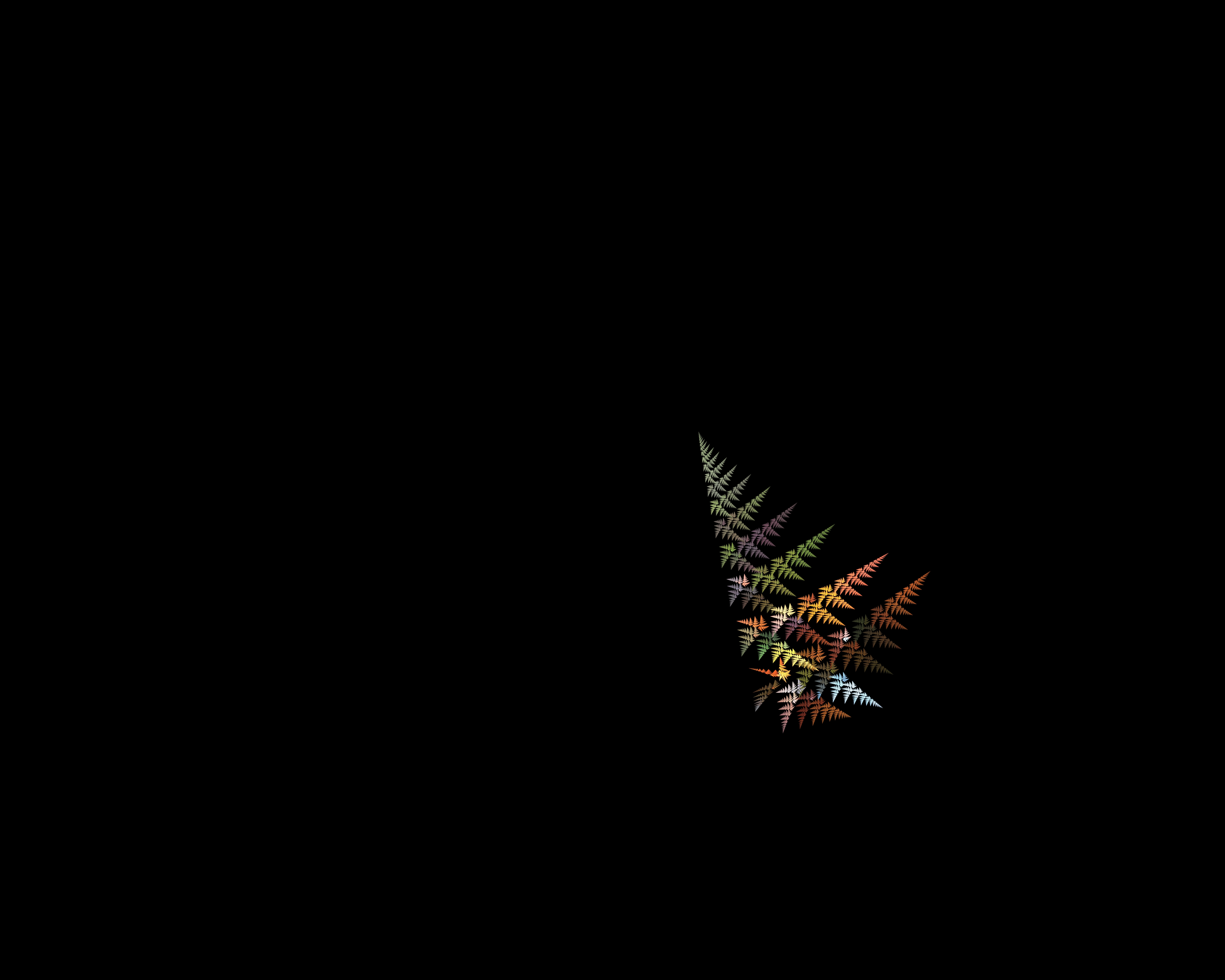Growth seeds
Crafted with nanotechnology, naturally grown seed deposits within Raliok trees, and sap, bioseeds make up the manufacturing sector’s core ingredient to designs and technology. Most are known as bioseeds (those made primarily with the seed deposits, herbs, organic molecules and nanotechnology; specifically for medicinal, healing, and regeneration of organs and limbs) and techseeds (for the manufacturing of non-organic technology).
Structural seeds are used to grow buildings, space stations, and other structures. The basic seed that all structural seeds use is composed of Titanium, Sodium, Nickel, Carbon, and Potassium. Most buildings can be made with four basic seeds, but more complex buildings such as factories call for specialty seeds that are added to the basic seed. Such seeds are half the size of basic seeds and are perfectly round. Normally they consist of one element. Take for instance the zinc specialty seed is made only of zinc. The main uses of the specialty seeds is to add vital components to the basic seeds, such as the layout of wires, silicon chips, crystal nodes, and other tiny constituents.
On the other hand, technology seeds are used to grow devices, spacecraft, katj, and other technological apparatuses. The basic seed that all technology seeds use is composed of tiyaniht (the hardest metal existing on Elivera. It is approximately ten times harder than diamonds), Titanium, Carbon, and Potassium. Technology seeds also use various types of specialty seeds. Most of the time it is copper, silver, zinc, or rare earth metal seeds.
To grow a spacecraft, a mechanical grower must grow each part that is needed separately in the factories’ growing ground, which makes up most of the spacecraft factories, where each ground is stacked above the other in giant cubes -- some factories are several stories tall. Once all the parts that make up a spacecraft is grown, the mechanical growers send the parts to the assemblage building, where the engineers carefully assemble and weld each part together -- much of this process is automated by robotics so that the finer details can be fused together to make the finished product seem like a seamless whole.
It is the same way in creating any device or craft. First the grower must grow the separate parts that make up a certain device or craft. Once the parts are grown the device or craft can be easily assembled and melded together. Many a time frames are used for the slower grower parts, while those that grow fast – especially seeds that hold silicon – must be monitored at all times.
Utility
The growth seeds are used in a multitude of disciplines. Anything that involves creating an object, building, vehicle, etc... involves a growth seed to some degree.
Manufacturing
Large vats of Nanines process the ores and/or biomatter that is funneled into the vats through feeding mechanisms. Often the essor_trains will back up into the feeding mechanism with their loads of ore and/or biomatter, and the transport cars will shoot their loads into the feeding mechanism, which sorts the loads into the correct nanine baths. The Nanines deconstruct the matter into its essential elements and bind them into growth seeds. The seeds go through a cleansing and rounding process after leaving the vats in sanding tubes before exiting into the appropriate bin for packaging and transport.
Parent Technologies
Children Technologies
Access & Availability
Growth seeds are relatively cheap to manufacture and can be easily requisitioned for citizens and visiting non-citizens interested in using some for creative/innovative enterprises. Most of the growth seeds go through the industrial sectors that create the various items, electronics, vehicles, infrastructure components, and building materials.
Discovery
Discovered near the end of the Silence era by a group of explorers investigating an abandoned Dragios facility. The seeds were then reverse-engineered over the next six decades, and the old Dragios factory that made them restarted. This happened on Sefutji near the Supki settlement. The Sunik Nation, due to this early start, has some of the most advanced technology on the planet, but most of it infrastructure, architecture tech, and temperature regulation due to many of their settlements existing near the equator and/or built into caverns, where light must be directed into the caverns through shafts and a system of automated mirrors.
Related Vehicles
To chat with me, check out TheBird, my Mastodon Profile






Comments